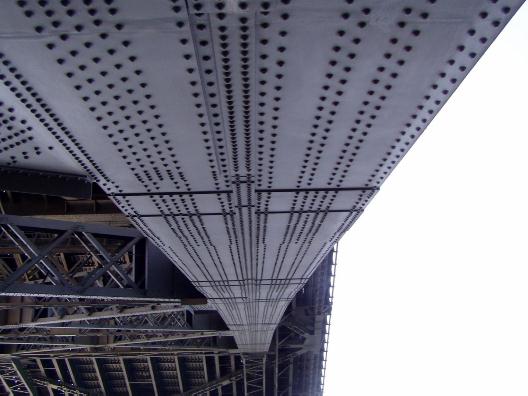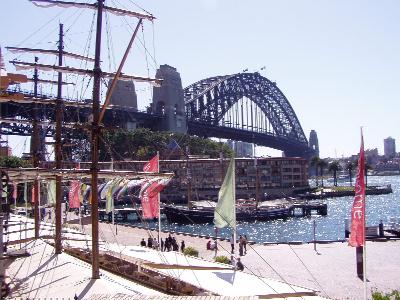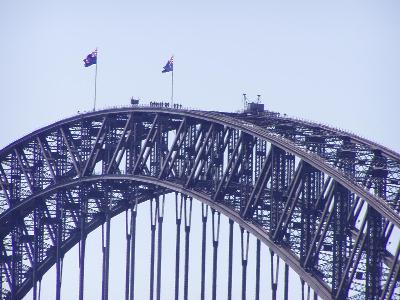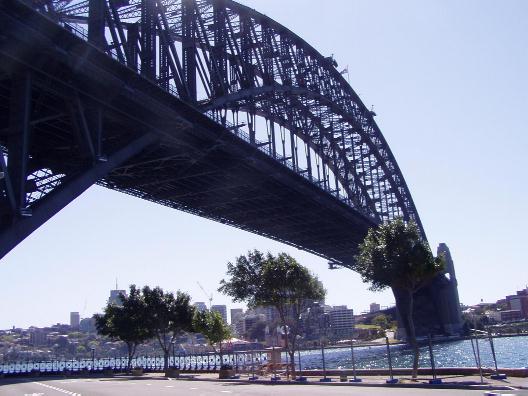Newtown
Hotels & AccommodationAustralia Sunrise Lodge
Newtown
InformationHomeNewtown Local
Business InfoBusiness Index
Newtown Information
1 Geography
2 History
2.1 Early years
2.2 Early 20th century
2.3 1970s
2.4 1980s and later
3 Population statistics
4 Transport
5 Politics
6 Local events
and culture
6.1 Live music
6.2 Newtown Festival
6.3 Newtown Jets
7 External links
Newtown Bed and Breakfast
Sydney
|
|
  
Newtown Hotels & Accommodation
Newtown postcode 2042 is a suburb in the Inner West of Sydney, in the state of New South Wales, Australia.
Geography and setting
King St runs along the spine of a long ridge that rises up from the coastal plains around Botany Bay. The street reputedly follows an ancient Aboriginal track that branched out from the main western track (which is now covered by Broadway and Parramatta Road) and which continued all the way to the shores of Botany Bay. According to the colonial diarist Watkin Tench, when Europeans arrived in Sydney it was possible to walk easily all the way from Sydney Cove to Botany Bay in a few hours, through a grassy and lightly-wooded area that Tench described as being like English parkland.
To the north of Newtown is the suburb of Camperdown; to the east is Darlington (now largely occupied by Sydney University) and Glebe; to the south-east is Macdonaldtown and Erskineville, to the south-west is Enmore, and to the west is Stanmore.
Although it was originally a relatively prosperous suburb, as demonstrated by the numerous lavish Victorian mansions that still dot the area, the Newtown area gradually became a working-class enclave. For much of the 20th century Newtown was a low-income blue-collar suburb -- often denigrated as a slum -- and after World War II it became home to a large migrant population.
The physical character of the area has changed significantly since the 1950s. Prior to World War II Newtown was heavily industrialised, and the area was dotted with factories of all kinds and sizes, including a large jam factory owned by the IXL company (located near Sydney University) along with many smaller factories, workshops and warehouses.
The largest single industry in the area until the 1970s was the huge Eveleigh Workshops complex, one of the main construction and service centres for the NSW railways. The site formerly occupied an area of several acres, bounded by north Newtown, Erskineville, Redfern, Alexandria and Chippendale. Many Eveleigh workers lived in the area, but many lived in other suburbs and until the 1970s and commuting workers alighted at Macdonaldtown Station, located in the middle of the complex.
Another major industry in the area was the large brickworks that formerly occupied the area now known as Sydney Park, near St Peters Station. The brickworks closed after World War II, and for most of the Sixties and Seventies the site was used as a rubbish tip, and the vast clay pits were filled in by small montains of domestic and commercial refuse. After the tip was closed in the 1980s, the area was covered, landscaped and revegetated, and several large artificial hills were created that have sweeping views south to Botany Bay and north to the city. The three towering chimneys that carried exhaust from the brick kilns have been retained, along with some of the kilns and various piececs of large machinery, and the site is now a one of the major landmarks in the Newtown area.
Many other industrial and commercial sites were vacated in the 1960s and 1970s, as rising rents and property prices, along with other factors, saw many businesses relocate to outlying areas of the city. Many of these former commercial sites have since been re-developed as housing, including the Silo development near Newtown Station, and the Alpha House and Beta House apartment complexes on King St, which are both former multi-storey warehouses.
In the 1970s and 1980s, due to its proximity to the main Camperdown/Darlington campus of University of Sydney and its relatively low rental prices, Newtown gained a reputation as a student haven and bohemian center, with a strong student, gay and lesbian population; the atmosphere of tolerance and diversity has also attracted a number of other cultural subgroups such as Goths, although Newtown has become increasingly gentrified in recent years. It is also home to the Anglican seminaries Moore Theological College (which took over the White Horse Hotel in north Newtown, once a favourite watering hole for university students) and Mary Andrews College.
The main strip of Newtown is along King Street which is sometimes referred to as "Eat Street" in the media due to its large number of cafes, pubs and restaurants. King Street and Enmore Road, which branches away from it at Newtown Station, together comprise a 9.1 kilometre round trip that takes in some 600 shopfronts.
Some information on this page is licensed under the GNU Free Documentation License. It is based on material from the Wikipedia article "newtown nsw".
|






